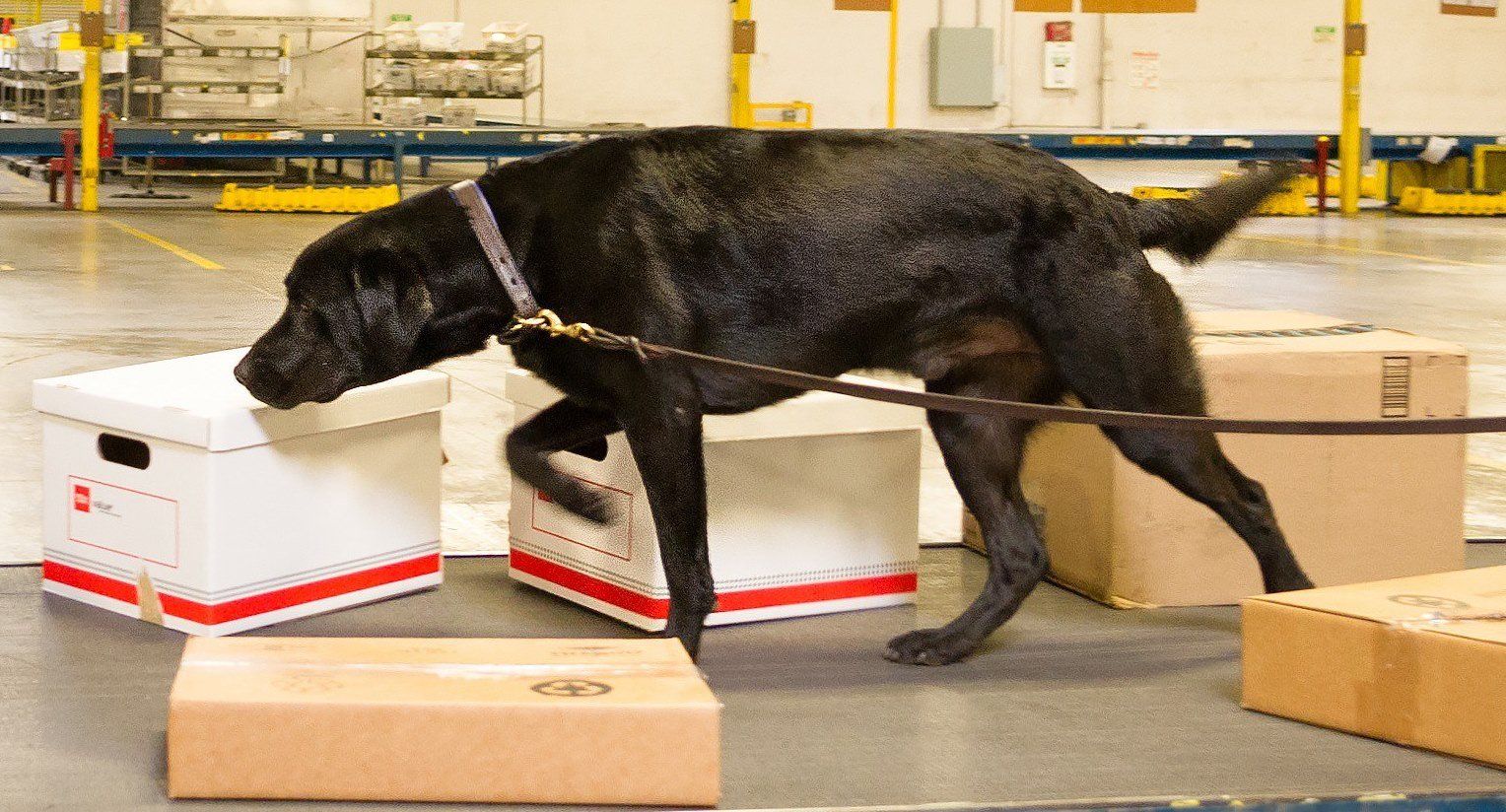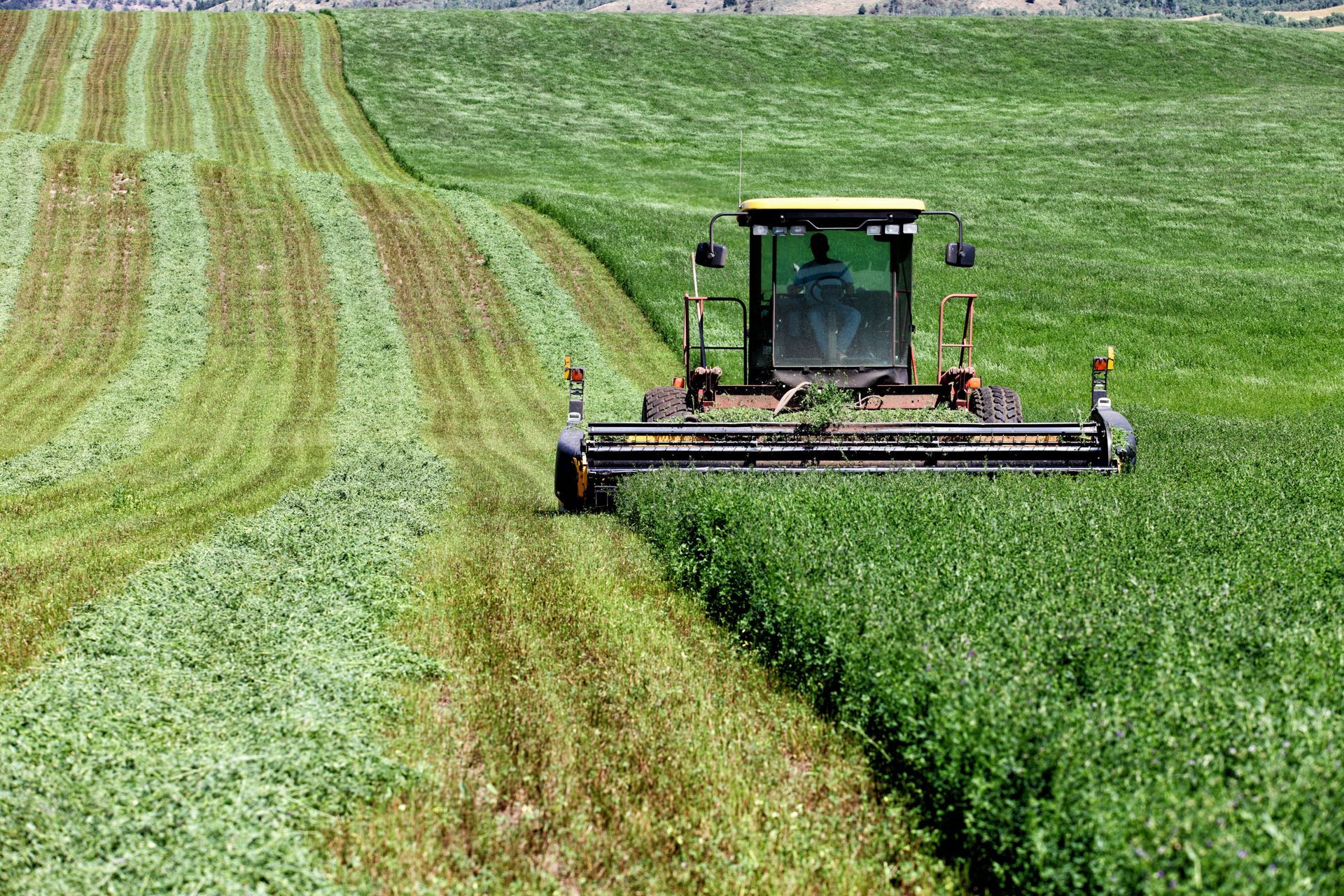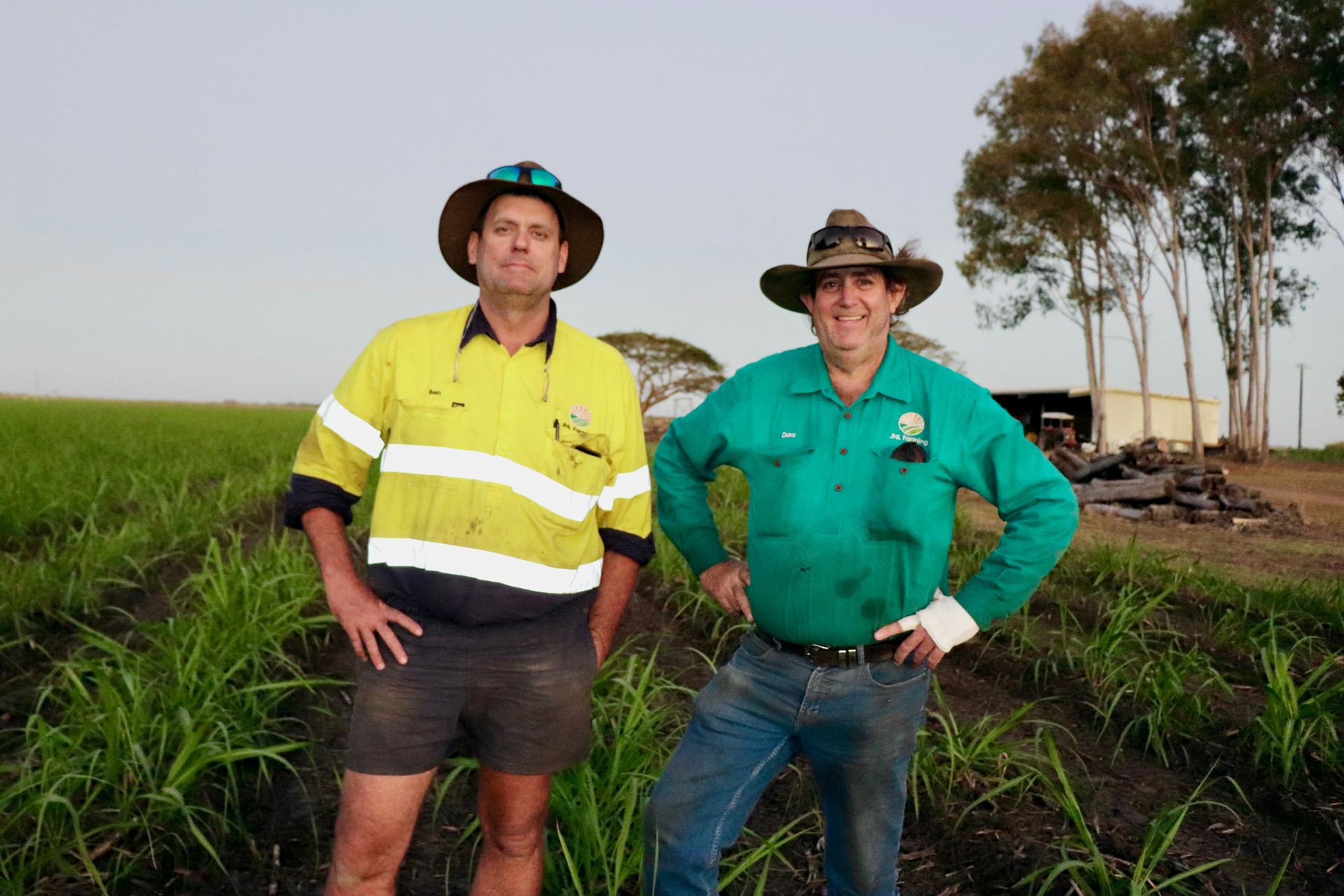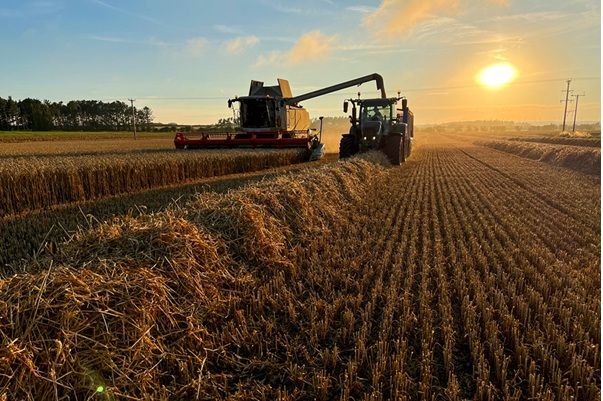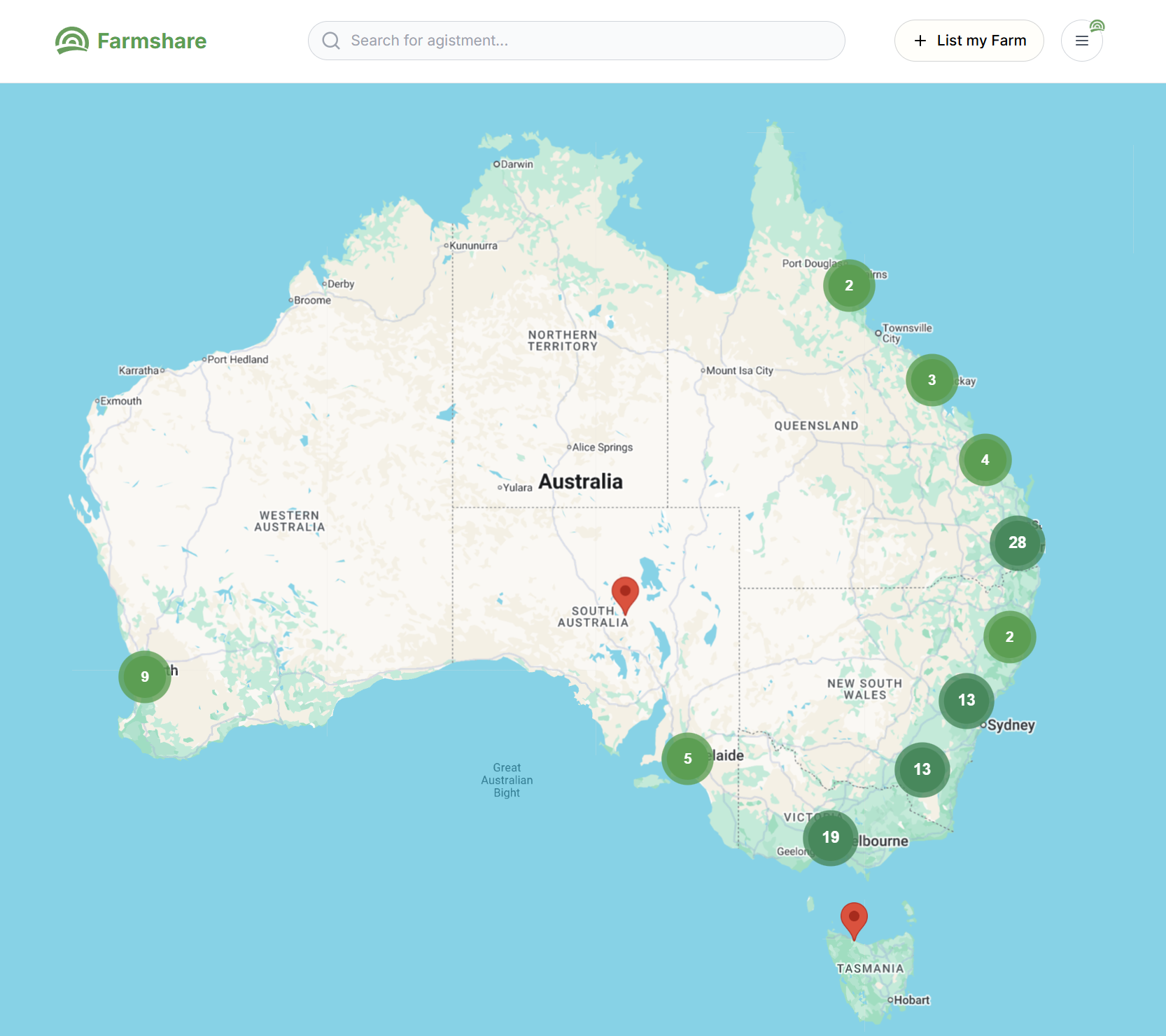1MG FlippingBooks
Australia’s response to biosecurity risks is lacking
Peak body NSW Farmers has expressed concern at the findings of two recent reports on the state of Australia’s biosecurity operations, both of which identified serious gaps in current biosecurity systems.
The federal Inspector-General of Biosecurity conducted a review of pest and disease interceptions and incursions , concluding that the Department of Agriculture must invest in more effective detection systems and strengthen its arrangements for intercepting biosecurity risks.
Chair of the NSW Farmers Biosecurity Committee Ian McColl says the increase in movement of passengers and goods are progressively testing the biosecurity system.
“Our agricultural industries are facing serious biosecurity threats from incoming passengers and mail, including African swine fever and foot and mouth disease,” says Mr McColl. “The Department of Agriculture has so far worked effectively to keep these diseases out – but it needs to be adequately resourced to ensure this continues into the future.”
Mr McColl noted that the Inspector-General raised several resourcing issues, including the detector dog program which relies on adequately trained staff and animals. The number of detector dogs has almost halved between 2012 and 2017, highlighting the need to increase funding in this area.
“Any drive for staffing efficiencies by the Department shouldn’t compromise our biosecurity capabilities at the border,” Mr McColl says.
At the state level, the NSW Auditor-General has released a report focusing on the NSW Department of Primary Industries (DPI) ’s biosecurity risk management. The report found that the DPI has not effectively built formal partnerships with other state agencies to share data and information on biosecurity and, as a result, does not have a comprehensive understanding of biosecurity compliance activities.
The Auditor-General provided some recommendations for the DPI to build on its current biosecurity programs, including establishing a data collection and reporting system to enable data sharing with Local Land Services and Local Control Authorities.
“Again, we see that better collection and use of data is critical to planning for and responding to biosecurity threats, and that activities need to be aligned to the areas of greatest risk,” Mr McColl says. “Continual planning for responses and testing of response options – which include effective liaison with industry – will ensure DPI and its partner agencies are well-prepared for future outbreaks.”
You can read more about Australia’s biosecurity risks here.


